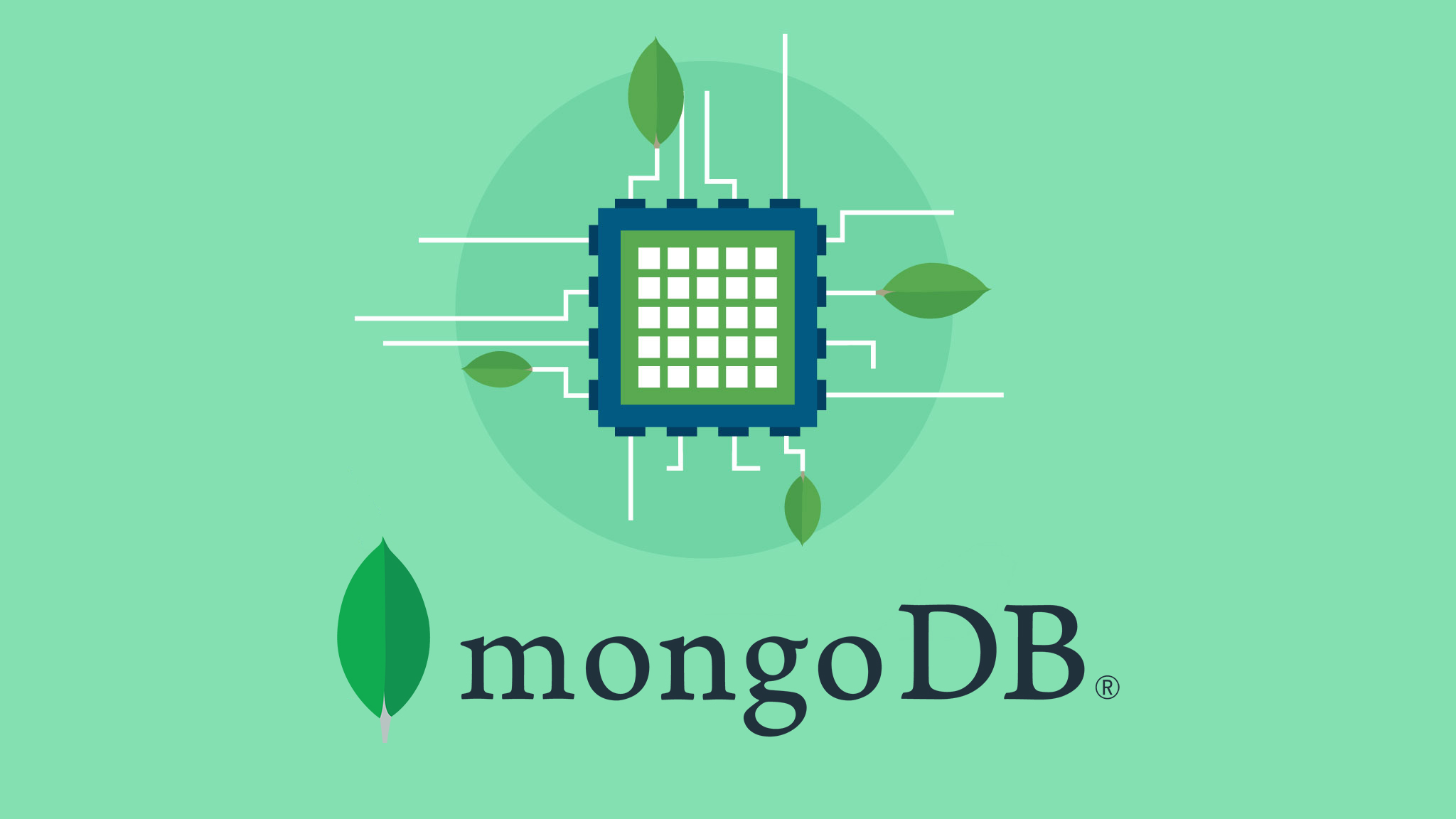Unveiling the Core Languages of MongoDB
 Ahmed Raza
Ahmed Raza
MongoDB is one of the most widely used NoSQL databases, particularly for applications requiring scalability and flexibility in handling large volumes of unstructured or semi-structured data. Its power lies not just in its features but also in the programming language used to build it. In this article, we explore the primary language behind MongoDB, why it was chosen, and how it contributes to the database’s performance and scalability.
The Core Language: C++
At its core, MongoDB is written in C++, a high-performance programming language known for its efficiency, low-level memory manipulation, and object-oriented capabilities. C++ is widely used in system programming, game development, and database engines due to its ability to provide fine-grained control over system resources.
Why C++?
Performance and Speed
C++ is optimized for speed and efficiency, making it an ideal choice for MongoDB, which handles large-scale operations like indexing, querying, and data storage. Its compiled nature ensures that database operations run at near-native execution speeds.
Memory Management
C++ allows direct memory allocation and deallocation, reducing overhead and optimizing performance. This is crucial for a database that must process large volumes of data while maintaining low latency.
Concurrency and Multi-threading
MongoDB is built to support high concurrency, enabling it to handle multiple operations in parallel. C++’s robust multi-threading capabilities ensure that MongoDB can process thousands of read and write operations simultaneously.
Low-Level System Control
A database requires precise control over how data is stored, indexed, and retrieved. C++ provides MongoDB with the ability to fine-tune its storage engine, manage indexing efficiently, and optimize query execution.
Scalability
MongoDB’s horizontal scaling capabilities rely on efficient algorithms for sharding and replication. C++ allows MongoDB to implement these features effectively, ensuring seamless scalability across distributed systems.
Supporting Languages: JavaScript, Python, Java, and More
While MongoDB’s core is built in C++, developers interact with it using high-level programming languages via client drivers. These include:
JavaScript (Node.js): MongoDB stores data in BSON (Binary JSON), making it a natural fit for JavaScript applications using Node.js.
Python: The PyMongo library allows Python developers to interact with MongoDB, making it popular for data science and web applications.
Java: MongoDB provides a Java driver for seamless database interactions in enterprise applications.
C#: The MongoDB C# driver enables .NET developers to work efficiently with the database.
These drivers act as an interface between MongoDB’s C++ backend and application-layer programming languages, making MongoDB accessible to a wide range of developers.
MongoDB’s Performance Optimization with C++
Storage Engine: WiredTiger
MongoDB uses WiredTiger, a storage engine written in C++, to manage data storage and indexing efficiently. WiredTiger provides features such as compression, concurrency control, and ACID transactions, improving MongoDB’s overall performance.
Indexing
MongoDB supports various indexing methods (e.g., B-tree, compound indexes) to optimize query speed. C++ ensures that these indexes are built efficiently to minimize query execution time.
Replication and Sharding
MongoDB supports replication for data redundancy and sharding for horizontal scaling. The C++ implementation ensures that these processes run smoothly even in distributed environments.
Conclusion
MongoDB is built on C++ to achieve high performance, efficient memory management, and concurrency control, making it a reliable choice for large-scale applications. While C++ powers the core, MongoDB provides developer-friendly drivers for JavaScript, Python, Java, C#, and more, ensuring accessibility and ease of integration.
This combination of a powerful backend and flexible front-end support makes MongoDB one of the leading NoSQL databases for modern applications.
Further Reading
For more detailed information on MongoDB’s development, refer to these resources:
Subscribe to my newsletter
Read articles from Ahmed Raza directly inside your inbox. Subscribe to the newsletter, and don't miss out.
Written by

Ahmed Raza
Ahmed Raza
Ahmed Raza is a versatile full-stack developer with extensive experience in building APIs through both REST and GraphQL. Skilled in Golang, he uses gqlgen to create optimized GraphQL APIs, alongside Redis for effective caching and data management. Ahmed is proficient in a wide range of technologies, including YAML, SQL, and MongoDB for data handling, as well as JavaScript, HTML, and CSS for front-end development. His technical toolkit also includes Node.js, React, Java, C, and C++, enabling him to develop comprehensive, scalable applications. Ahmed's well-rounded expertise allows him to craft high-performance solutions that address diverse and complex application needs.